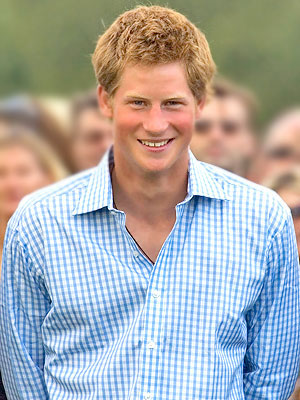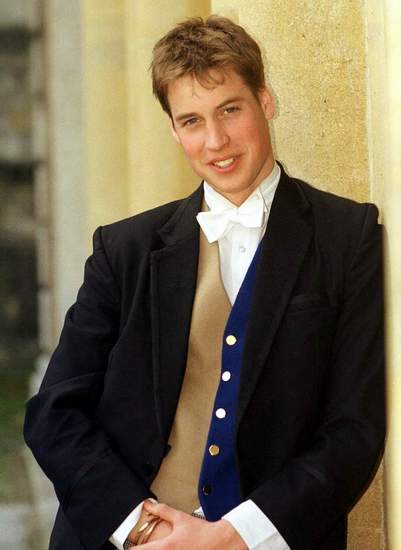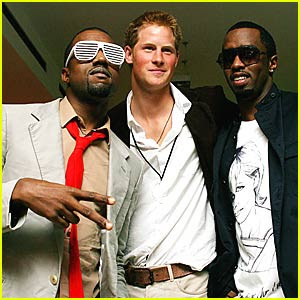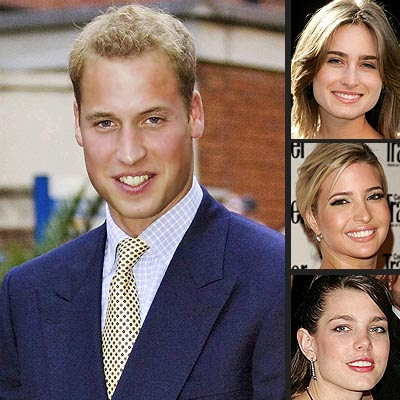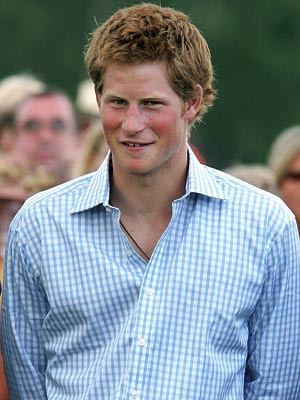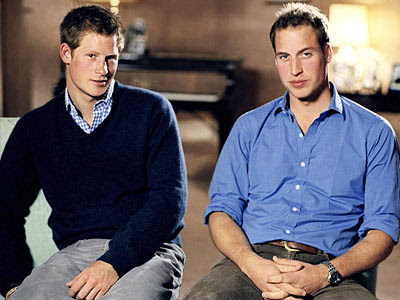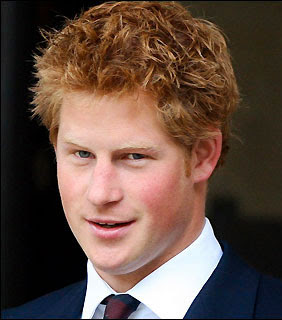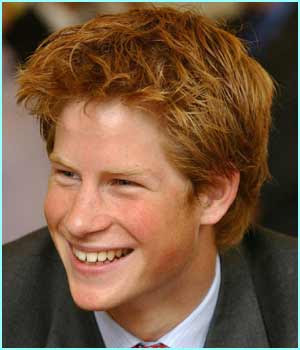Seven hundred years before, Kate and Pippa Middleton became the focus of rampant media attention, another set of sisters were earning notoriety. When
Katherine Swynford
began an affair with a royal prince, she became the most infamous woman of the fourteenth century. Meanwhile, her sister, Philippa married the most famous writer of the age and turned him into a man who openly despised marriage.
Born into a semi-noble family in Hainault, the young sisters got their big break when their father secured places for them in the household of Philippa of Hainault, who had become the queen of King Edward III.
Queen Philippa’s was a warm and affectionate mother to her 13 children. Her loving kindness extended to the other youngsters in her care, including the children of noble English families and the little Roët girls, who officially acted as companions to the royal daughters. Katherine and Philippa, who were only about five and six, were probably orphaned about this time, and very reliant on the benevolence of the royal family.
Judging by the gifts they received, both girls seem to have been well-liked and they grew up in a secure environment, surrounded by colorful figures and familiar with the royal princes who were to become the most celebrated knights of the age: Prince Edward and Prince John, better known to history as the Black Prince and the Duke of Lancaster. As sons of the queen, the princes would have known Katherine and Philippa and the two girls might have admired them the way little girls admire boy bands today, but the princes would have been out of their reach: everyone knew that royal youngsters married for political reasons.
So, even if the dashing princes thrilled their little hearts, Katherine and Philippa realized that they could not reach so high above their station. Still, it must have been exciting when the handsome John had a not-so-secret tryst with one of the ladies or when Edward decided to marry his slightly scandalous royal cousin Joan of Kent, a beautiful lady with a bit of a past.
In those days, noble and royal girls were often married as soon as they reached puberty. This seems to be true for the Roët sisters, whose royal guardian provided each of them with husbands who were also in service to the royal family. Katherine married Sir Hugh Swynford, a knight with land in Lincolnshire, while Philippa married a man from a merchant family, a man who is perhaps the most famous Englishman of his day, Geoffrey Chaucer.
Katherine and Hugh set up life together, staying mostly at their house of Kettlethorpe when not called away for royal duties. At about the same time, Katherine was reassigned from the queen’s household to the serve the queen’s newest daughter-in-law, the fabulously rich and beautiful Blanche of Lancaster. The two teenage girls were already very familiar with each other because Blanche also had grown up under the queen’s supervision, but there was a tremendous difference in their stations. Blanche was a descendant of King Henry III and, perhaps more importantly, she and her sister were co-heiresses to the Duchy of Lancaster, by far the wealthiest collection of estates in England. The man who married her would automatically become Duke of Lancaster and the most powerful man in the kingdom after the king and the Prince of Wales.

Fortunately for Blanche, however, she seems to have made a match that defied all of the conventions of the day. Hers was a love match. Of course, that wasn’t the basis of the marriage. Her royal guardians married her to their son, Prince John. That the couple clearly adored each other was just a fringe benefit. They quickly started a family and young Katherine was assigned to act as governess to their daughters. It was a role she would fulfill for more than 20 years.
Katherine and Philippa also started families of their own. Now serving in separate households, they seem to have maintained their closeness over the years and their children were apparently lifelong friends, not only with each other but with the growing brood of Lancastrian children. In fact, Katherine and Philippa, probably with help from their royal patrons, each pledged a daughter to the Barking Abbey, a venue generally reserved for only the highest born ladies.
By the time the sisters were in their early 20s, Katherine’s life had taken a dramatic turn. The beloved Blanche had died from plague leaving more than just her husband grief-stricken. Philippa’s husband, Geoffrey Chaucer, penned his first famous poem, “The Book of the Duchess," in homage to her and in tribute to her mourning husband, John Duke of Lancaster. Despite his sincere grief, as a royal prince, John still had obligations to fulfill and soon was preparing to embark on a second marriage for purely political ends. This time, his heiress wife would bring him something even more alluring than a duchy; this wife would make him King of Castile.
Besides losing her royal lady, Katherine also lost her husband around the same time. Sir Hugh, who had accompanied John of Gaunt to fight the king’s battles on the continent became ill and died. The king and the duke both assured that Katherine and her children would be provided for, as long as she didn’t remarry without their permission.
Then, something unexpected happened: John recovered enough from his grief of losing his first love, Blanche, and fell in love with Katherine. His new wife, Constance of Castile, was truly a political partner, but there was no romance between them. They did their “duty” to produce heirs for the contested throne of Castile—John had to try to wrest back from Constance’s usurping uncle. It soon became scandalously clear that the powerful duke had given his heart to Katherine, who was initially assigned to Constance’s household.
By the time, she began having John’s children, Katherine was back as governess to John’s daughters by Blanche, an arrangement that may have been more agreeable to Constance since her stepdaughters had a separate household from her. With each new child, all surnamed Beaufort after one of John’s French estates, the duke showered Katherine with gifts of land and patrimony that would guarantee them income and wealth even if something should happen to him. Although he was often away serving the English crown in France or fighting to gain the Castilian one in Spain, John seems to have spent as much time as he could with Katherine. Contemporary chroniclers were horrified, calling her the “unspeakable concubine” and a “witch and a whore.”
Through it all, Katherine continued to manage the estates entrusted to her for the benefit of both her Swynford children and her growing Beaufort brood and she maintained her responsibilities as royal governess, earning the trust and admiration of her lover’s children. Having grown up with the royal family, Katherine also seems to have been a favorite with all of the royals—except perhaps her lover’s wife.
During the years of their affair, however, the political situation had become untenable. The Black Prince had died and then the king, leaving John’s young nephew with the crown. Many were concerned that the powerful duke intended to seize control from the young king, others were angry over his taxation policies as a regent, still others did not like his support of religious reformer John Wyclif, and, still others, were vocally opposed to his flagrant infidelity. In 1381, during the Peasants’ Revolt, all of those negative feelings boiled over and the duke was targeted at many of his estates across the country. His servants were attacked and his beautiful Savoy Palace in London was burnt to the ground. He and his family and Katherine survived by fleeing north and going into hiding, but the experience had a profound impact on the deeply religious man. He publicly repented of his sinful relationship with Katherine and was reconciled with his wife.
In the meantime, the Chaucer marriage does not seem to have worked out brilliantly. They were largely living apart, Philippa seems to have moved in with her sister, while Geoffrey bounced in and out of favor as the tides of the Duke of Lancaster rose and fell and rose again. Although apart, it appears that they still maintained some semblance of a marriage since it was he who went twice a year to pick up her royal paycheck. Nevertheless, Geoffrey somewhere picked up a dislike for the married state as evidenced by his writing. After her death sometime in the mid-1380s, he wrote that he would never “fall in the trap of wedding again.”
On the continent, things were not going well for John and Constance. They married one of their daughters to the Portuguese king and, once it became clear that they would never reclaim the Castilian crown, they married their other daughter to the Castilian king’s son. Without the Spanish dream to keep them together, they drifted apart again, and John was in France when Constance died in England in 1394.
John’s true heart quickly re-emerged. Within two years, he petitioned the Pope not only to allow him to marry Katherine but also to legitimize their four grown children. The Pope complied with the powerful duke’s request. Even the king, often at odds with his uncle but deeply fond of Katherine, officially legitimized their children.
Marriage went a long way to redeeming the tattered reputation of such a notorious whore. As the new Duchess of Lancaster, Katherine enjoyed a world of wealth and privilege in a way she never had before. All of her children made advantageous marriages or excellent careers in the church. Most impressively, she and John remained completely devoted to each other until his death in 1399. After he died, the king seized all of his estates which led John and Blanche’s son to overthrow the king and crown himself King Henry III. Through all of the political turmoil, Katherine led a quiet existence. Her Beaufort descendants became stalwart Lancastrians in the ensuing Wars of the Roses. Through them, King Henry VII would claim his place in the House of Lancaster.
Despite all of her infamous notoriety, the greatest tribute to her may be that her stepson, Henry III, officially referred to her as “the King’s mother.”
For more about Katherine and Philippa:
Also, you may wish to read:



